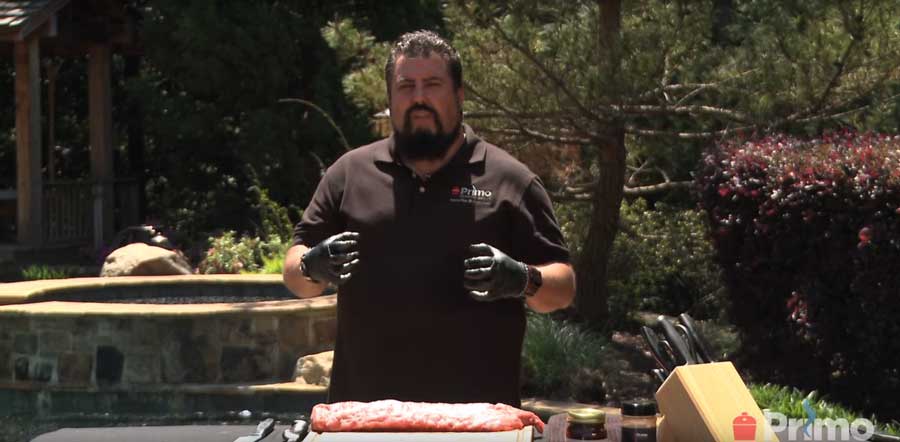Do NOT touch the glass or any metal part of your fireplace. These are heat producing appliances and you can be burned by them.
The Maximum allowable surface temperature is 117° F OVER ambient (room) temperature. Thus, if a room is 70° – 80° the exposed combustible surfaces immediately surrounding the Fireplace can have a surface temperature as high as 187° F. – 197° F. (Too hot to touch) and still be safe.
Yes, Call for a service technician to come out and take a look
NO – Then you need to break-in your fireplace
During the initial burn and curing cycle of any fireplace, it is normal for the appliance and any accessory item installed on the Product to emit some amounts of smoke and odors.The sources of the emitted smoke and odor are normal emission of paint curing chemical reaction at high temperatures, evaporation of manufacturing related oils or lubrication, small amounts of dextrin emitted from heated gaskets and insulation materials and small amounts (less than 0.5 grams) of polyester burning emissions from glass gasket adhesive film.
Smoke emission is to be expected for the first 2-1/2 hours of initial burn on high fire with fans turned off. Remove or disconnect any smoke alarms which may alarm during this period of initial burn. Prior to initial firing, it is required that the glass gasket to firebox face seal be thoroughly inspected to make certain glass gasket is seated properly and sealing properly. (This is done by our technicians during the finish on the fireplace )
It is recommended that during the first 2-1/2 hours of initial burn, that all windows in the room be opened to evacuate emitted smoke and odors. If anyone in the home has allergies or any is sensitive to smells or smoke that they not be in the home during the initial burn of the fireplace.
Following the initial burn, some slight odors may be present but will diminish with further use and will completely dissipate.
Any odors that are emitted from the appliance are of non-toxic origin.
CPI (Continuous Pilot Ignition) - Your pilot light (blue flame down by your logs or alternate media) will be on all of the time
If you live in a colder state like Minnesota the manufacturer recommended that even if you have and IPI (Intermittent Pilot Ignition) system that when the temperatures fall below 32 degrees that you switch your fireplace into the CPI (Continuous Pilot Ignition) for the colder months. Your fireplace will have easier time lighting.
Installing a product that was purchase elsewhere is often a challenge because we cannot guarantee the accuracy of the components, know if parts are missing and often the warranty must be filed with the original retail store as they have the relationship with the manufacturer. In addition, repeat visits are often required incurring additional costs for the home owner.



